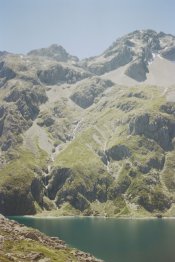Paarl2195
Member
Hi, I recently bought a Tiffen polarizing filter for my Canon AE-1. I developed a roll after I have been using it and I have found the images that came out to be quite dull/exposed incorrectly. I am trying to find out what I have been doing wrong when using the filter. I meter images using the camera's internal meter. When I place the filter on, the light is decreased by 1 or 2 stops. I have been reducing (lengthening) the shutter speed when taking a shot, to compensate for the reduced light. Is this the right process? I have attached some images to demonstrate what I mean, any help appreciated!





 . As
. As 